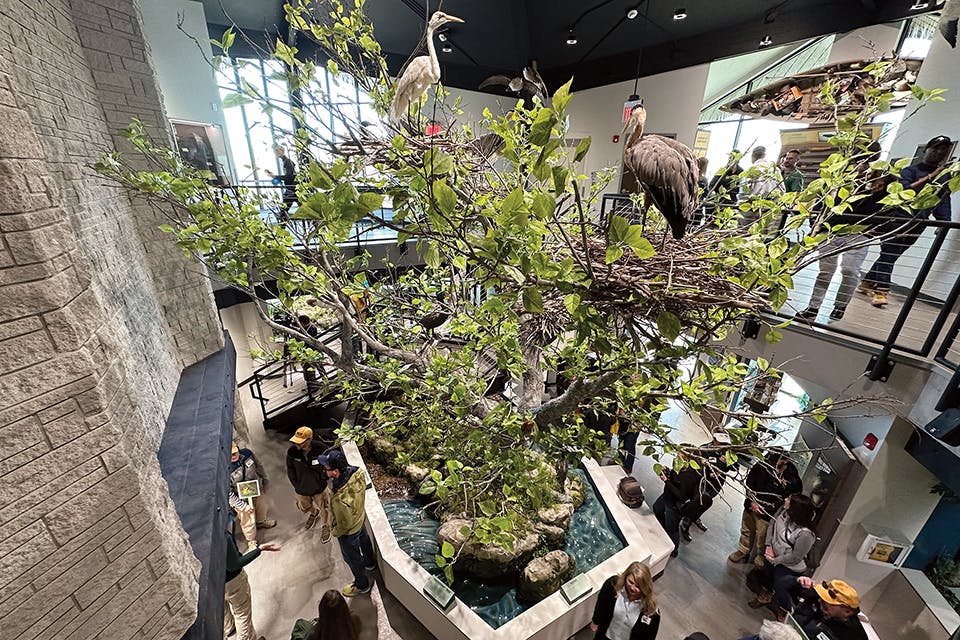Arts
Legacy of Love
A young woman’s masterful contribution to ornithology is a testament to family devotion.
Related Articles

Enjoy Books and Brews at these 3 Ohio Shops
Visit these three Ohio bookstores that go beyond the printed page to offer coffee, beer, wine and more. READ MORE >>

See the Biggest Week in American Birding at Magee Marsh
With the arrival of May, this northwest Ohio wildlife area becomes one of the best places in the world for bird-watching, thanks to a mix of location, conservation and appreciation. READ MORE >>

Step Inside the Revamped Magee Marsh Visitor Center
The makeover of the former Sportsmen’s Migratory Bird Center provides outdoor lovers a fresh look at our state’s prized bird-watching destination. READ MORE >>


